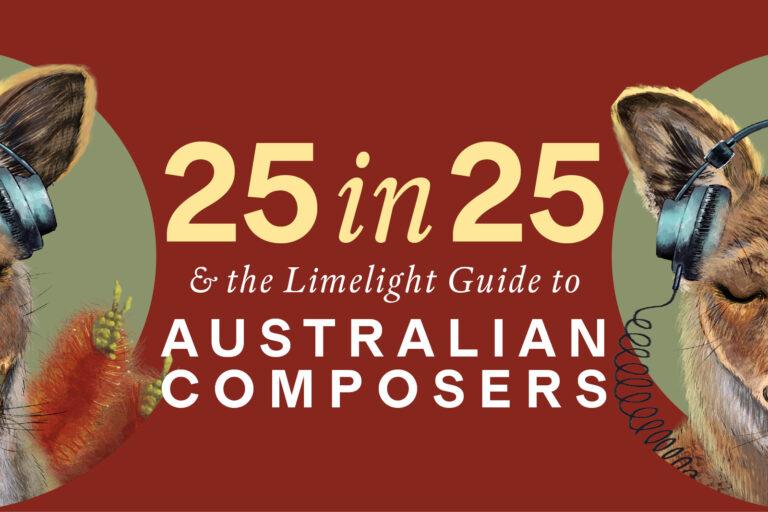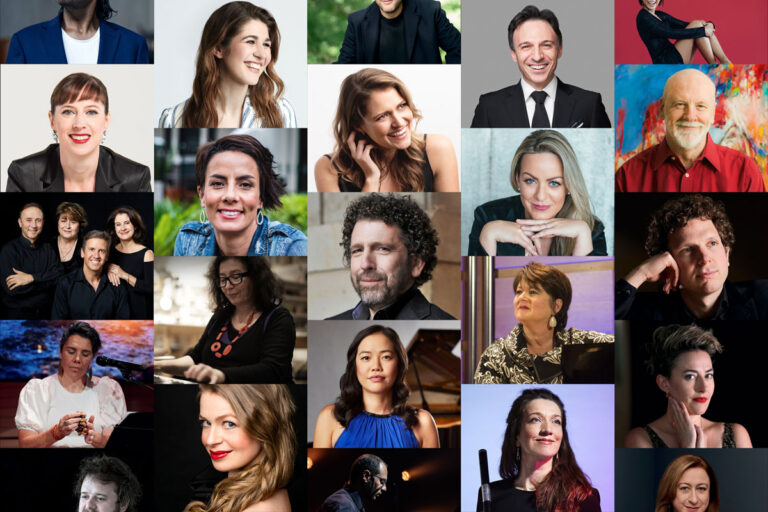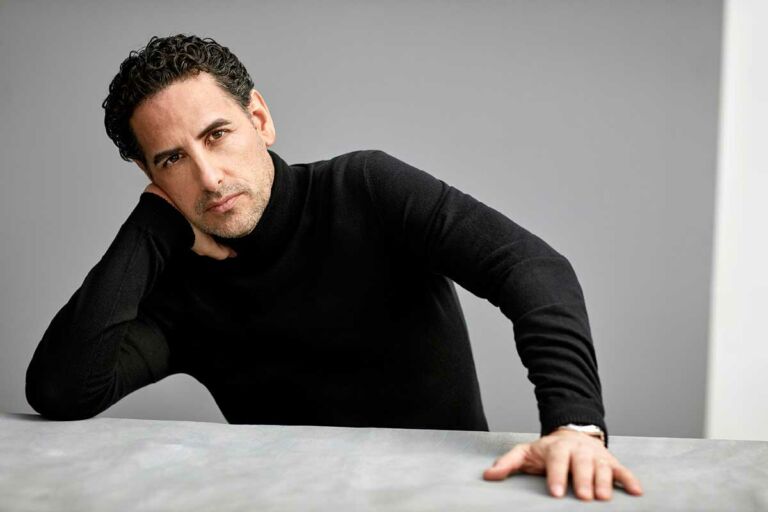Alex Raineri is a musical chameleon — and a remarkable one at that. Flexibility is his superpower. He has the capacity to deliver solo and ensemble repertoire from all kinds of genres and all periods of classical history, including contemporary art music. No matter what the compositional style, Raineri is comfortable, confident and a generous communicator. In today’s concert, he had the aura of a visionary prophet of the keys.
For those who have never been to Fourth Wall Arts, it’s a cosy, intimate venue painted black, and the foyer more closely resembles a living room. There’s a bookcase, comfortable armchairs, a table, ornaments on display and a wall of media. Raineri owns the space, and as the artistic director of the Brisbane Music Festival he is free to curate adventurous and risky programs. As Flower, As Fire presented three contemporary and demanding piano works, conjuring a realm of spirituality and timelessness.

Alex Raineri: As Flower, As Fire (Brisbane Music Festival). Photo supplied
Anne Cawrse’s As Fire, As Flower opened the concert in this intimate performance space. She wrote it in response to Beethoven’s Waldstein Sonata, Op. 53, and in particular Andante favori, the piece once designated to be the work’s middle movement. Sara Teasdale’s poem of the same title provided additional inspiration.
It’s an appealing minimalist work intersected with open-ended aleatoric stretches, with random elements delivered through techniques of chance. The audience’s response was enthusiastic.
Moebius-ring by Misato Mochizuki — an Australian premiere — contrasted sharply with Cawrse’s opening work. Influenced by the mathematical paradox that gives the piece its name, it’s a massive work, once dubbed a “Zen garden rock of sound,” which offers a goldmine of expressive opportunities for virtuosos.
A set of variations breaks down a repetitive pattern to a single note before reversing the procedure until the process becomes a never-ending loop. Raineri brought power to the cataclysmic and percussive lower-register chords, against which he gave insightful and authoritative direction to the occasional ethereal phases and the jazzy flights of fancy, admirably probing the paradox of being simultaneously free and restricted.
“I’m a minimalist bored with minimalism” is a quote often attributed to John Adams. He didn’t say this, but when he composed Phrygian Gates he was reconsidering his style and exploring new approaches. This is a post-minimalist work tinged with Romantic elements and the first piece by Adams to use a repetitive cell structure.
At 25 minutes, Phrygian Gates is a behemoth — a marathon that travels through half of the cycle of keys, modulating by the circle of fifths. Raineri performed with immense stamina and achieved textural transparency despite the numerous technical challenges: rapidly rippled figures suggesting waveforms and rhythmical complexities involving demanding coordination between the hands. His navigation and execution of the various “gates” – a term associated with electronics – was admirable.











Comments
Log in to start the conversation.